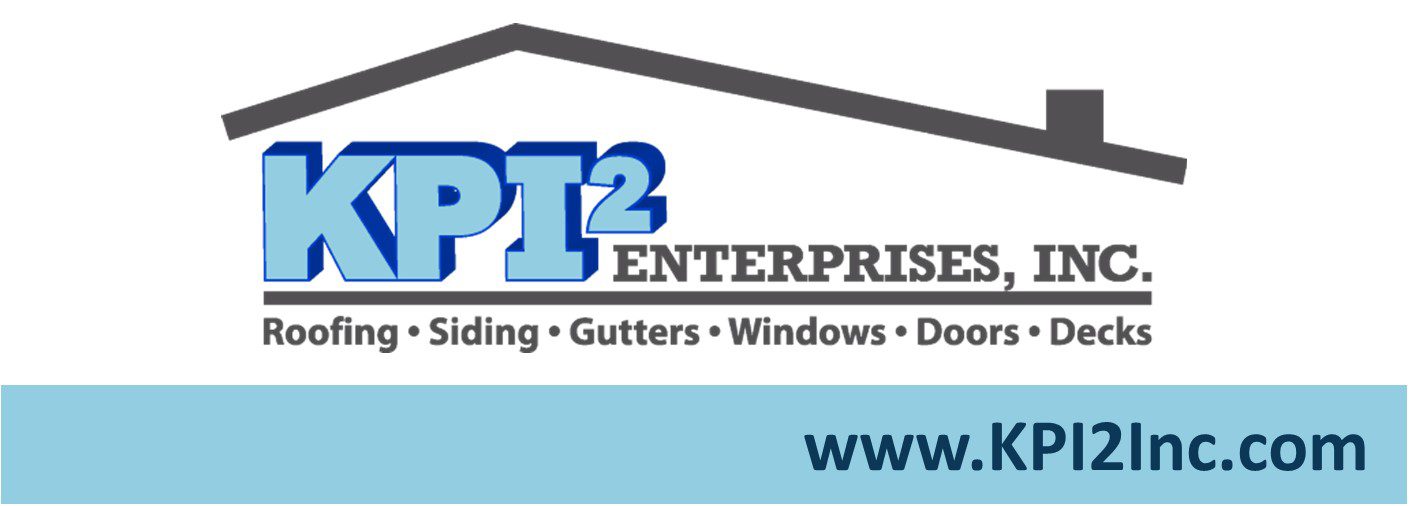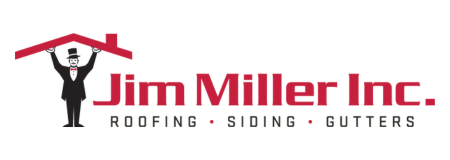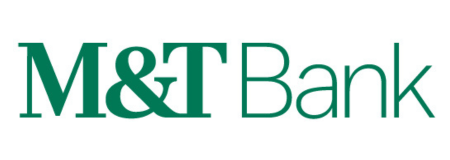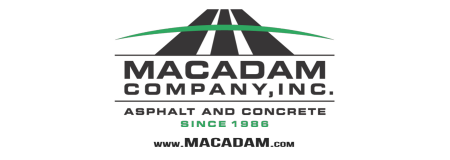EDITOR’S NOTE: This article was originally shared by author Tyler Logar, EIT on LinkedIn and is reprinted by permission of the author.
As the demands for sustainability, energy efficiency, and structural integrity continue to rise, the field of building envelope assessments is benefiting from remarkable technological advancements. These innovations are revolutionizing the way engineers evaluate the condition of building envelopes. Below are the the top five trending technology advancements that are shaping the future of building envelope assessments:
1. Thermal Imaging Cameras:
Thermal imaging cameras have emerged as indispensable tools for building envelope assessments. These cameras use infrared technology to detect temperature variations, enabling engineers to identify heat loss, insulation deficiencies, and water leakage. By capturing detailed thermal images, these cameras provide valuable insights into hidden issues that may not be visible to the naked eye. Thermal imaging cameras streamline the assessment process, reduce the need for invasive investigations, and enhance the overall efficiency of building envelope evaluations. As a Certified Level 1 Thermographer, I have witnessed the power of Thermal Imaging Cameras in building envelope assessments. Throughout several projects, while inspecting older commercial buildings, I discovered water infiltration and deficiencies behind the facades and under the roofs through the thermal images captured.
2. Unmanned Aerial Vehicles (UAVs):
Unmanned Aerial Vehicles, commonly known as drones, are revolutionizing the way building envelope inspections are conducted. Equipped with high-resolution cameras, drones can capture detailed visual data of building envelopes, including difficult-to-access areas. Engineers can conduct aerial inspections, monitor large or complex structures, and identify potential issues with ease. The use of UAVs significantly improves safety, reduces inspection time, and provides accurate and comprehensive data for analysis. Becoming an FAA Part 107 UAS Pilot has allowed me to take building envelope assessments to new heights—literally. Observing the existing deterioration of a 40-story building’s parapet never been more effective and easier to access.
3. Non-Destructive Testing Equipment:
Non-Destructive Testing (NDT) equipment plays a vital role in assessing the condition of building envelopes without causing damage. Techniques such as ground-penetrating radar, ultrasonic testing, and impact-echo testing allow engineers to detect hidden defects, cracks, or moisture intrusion within building envelope components. NDT equipment provides valuable data on the structural integrity and performance of materials, enabling engineers to make informed decisions about repairs, renovations, or maintenance strategies. You don’t have existing structural drawings and need to locate the rebar pattern of an existing concrete floor slab. GPR can fix that!
4. Lidar Scanning:
Lidar scanning technology utilizes laser beams to create precise 3D models of buildings and their surroundings. This advancement enables engineers to accurately assess the dimensions, contours, and structural integrity of building envelopes. Lidar scanning provides detailed spatial data, facilitating in-depth analysis of the building’s condition, detecting potential issues, and aiding in design and renovation processes. With its ability to generate point cloud data, Lidar scanning streamlines the evaluation process and enhances accuracy. Need to check the plumbness of a chimney? Or check if there are voids in a mass masonry wall of a 19th century church? Lidar can do it all!
5. Structural Health Monitoring Systems:
Structural Health Monitoring (SHM) systems involve the installation of sensors that continuously monitor, and record data related to structural behavior, vibrations, and stress levels. By capturing real-time information, SHM systems enable engineers to assess the health and performance of the building envelope. The collected data aids in detecting structural deficiencies, assessing the impact of environmental factors, and predicting maintenance needs. SHM systems enhance safety, optimize maintenance strategies, and contribute to the longevity and sustainability of building envelopes. Have you ever noticed a large crack in your foundation, and it appears to grow every time you see it? Installing a SHM, allows you to observe the behaviors of the crack over time!
Advancements in technology have opened new horizons for building envelope assessments, empowering engineers with powerful tools and techniques. Thermal Imaging Cameras, Unmanned Aerial Vehicles (UAVs), Non-Destructive Testing Equipment, Lidar Scanning, and Structural Health Monitoring Systems are transforming the way engineers evaluate the condition of building envelopes. By leveraging these advancements, engineers can conduct more accurate, efficient, and comprehensive assessments, leading to the improved structural integrity, energy efficiency, and overall performance of buildings. Embracing these trending technologies is crucial for staying at the forefront of the building envelope assessment industry and ensuring the longevity and sustainability of structures in the future.
ABOUT THE AUTHOR
Tyler Logar, EIT is a Senior Project Manager with CAI Keystone Business Partner Joseph B. Callaghan, Inc. (JBCI) and chairs CAI Keystone’s P.U.L.S.E. Young Professionals Committee. Tyler is an honoree of the Inaugural Class of Emerging Leaders Under 40 recognition presented by CAI Keystone. He can be reached via email at: tyler@jbciengineers.com. Learn more about JBCI at: www.jbciengineers.com.




















